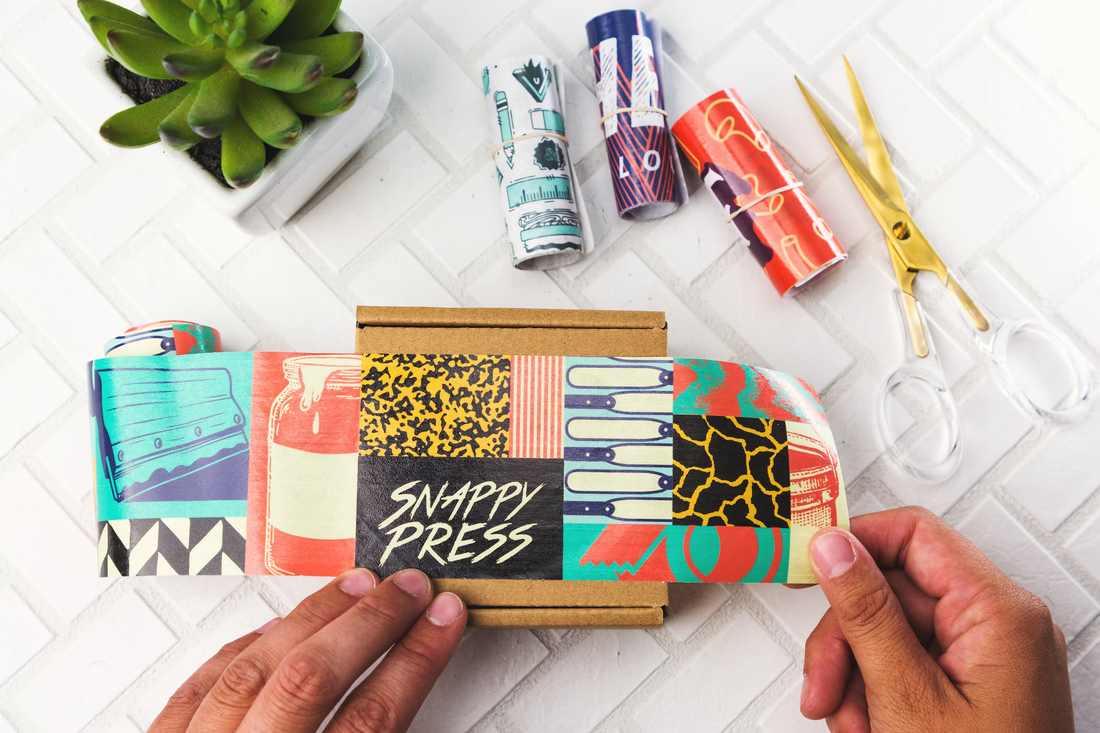
The Ultimate Guide to Choosing the Right Packaging Films for Your Business
Share
In today’s competitive market, packaging is more than just a protective layer-it’s a powerful tool that influences product longevity, consumer perception, and even your bottom line. At Packlam, we understand the importance of choosing the right packaging film for your business. Whether you’re packaging snacks, pharmaceuticals, or industrial goods, the right film can make all the difference.
Understanding Packaging Films: The Basics
Packaging films are thin plastic sheets used to wrap, protect, and preserve products. They come in various materials, each offering unique benefits such as flexibility, strength, barrier properties, and printability. The right choice depends on your product’s requirements, your brand image, and your sustainability goals.
Key Types of Packaging Films
-
Polyethylene (PE) Films
-
Low-Density Polyethylene (LDPE): Flexible, lightweight, and moisture-resistant. Ideal for bags, wraps, and pouches, especially for food and lightweight goods.
-
High-Density Polyethylene (HDPE): Stiffer and more durable, suitable for heavier products like bottles and industrial packaging.
-
Linear Low-Density Polyethylene (LLDPE): Combines flexibility and toughness, commonly used for stretch films and grocery bags.
-
-
Polypropylene (PP) Films
-
Biaxially Oriented Polypropylene (BOPP): Clear, strong, and heat-resistant. Excellent for snack packaging, labels, and products requiring high clarity and moisture resistance.
-
Cast Polypropylene (CPP): Used as a sealant layer in multi-layer films, offering good tear and puncture resistance.
-
-
Polyethylene Terephthalate (PET) Films
-
Biaxially Oriented Polyester (BOPET): Known for high tensile strength, transparency, and excellent barrier properties. Used for high-quality packaging like snacks, pet foods, and beverages.
-
-
Polyamide (Nylon) Films
-
Biaxially Oriented Nylon (BON/BOPA): High barrier to gases and moisture, heat-resistant, and puncture-resistant. Ideal for vacuum-sealed and high-barrier food products.
-
-
Aluminum Foil Films
-
Provides a strong barrier to light, oxygen, and moisture. Commonly used for pharmaceuticals, snacks, and products requiring a long shelf life.
-
-
Ethylene Vinyl Alcohol (EVOH) Films
-
Extremely resistant to oxygen and flavors, often used in combination with other films for food and beverage packaging.
-
-
Polyvinyl Chloride (PVC) Films
-
Available in rigid or flexible forms, used for blister packs, cling wrap, and shrink films. Note: Environmental concerns exist regarding PVC.
-
-
Biodegradable and Bio-based Films
-
Made from renewable sources like cornstarch, these films address sustainability concerns and are suitable for eco-conscious brands.
-
How to Choose the Right Packaging Film
1. Assess Your Product Needs
-
Consider the product’s size, shape, weight, and sensitivity to moisture, oxygen, or light.
-
For perishable goods, barrier properties are crucial to extend shelf life and preserve freshness.
2. Match Film Properties to Application
-
For snacks and dry foods, BOPP offers clarity and moisture resistance.
-
For meats and cheeses, PET or nylon films provide superior gas and aroma barriers.
-
For industrial and heavy-duty packaging, HDPE or multi-layer films may be best.
3. Consider Cost and Sustainability
-
Balance performance with budget. BOPP is cost-effective for many uses, while PET and aluminum foil films may be pricier but offer enhanced protection.
-
Explore bio-based or recyclable films to align with sustainability goals and consumer preferences.
4. Think About Branding and Shelf Appeal
-
Films with high clarity and gloss, such as BOPP and BOPET, enhance product visibility and print quality.
-
Metallized or colored films can add a premium look.
5. Regulatory and Safety Compliance
-
Ensure the chosen film complies with food safety and packaging regulations relevant to your industry.
Trends and Innovations in Packaging Films
-
Sustainability: Growing demand for recyclable, compostable, and bio-based films.
-
Smart Packaging: Films with QR codes, tamper-evident features, or active barrier technologies.
-
Customization: Tailored solutions for unique product shapes, sizes, and branding requirements.
Final Thoughts
Selecting the right packaging film is a blend of science and strategy. By understanding the properties and applications of each film type, you can make informed choices that protect your products, delight your customers, and support your business objectives.
At Packlam, we offer a diverse range of packaging films and expert guidance to help you find the perfect fit for your business. Ready to elevate your packaging? Contact us for samples and personalized recommendations.
